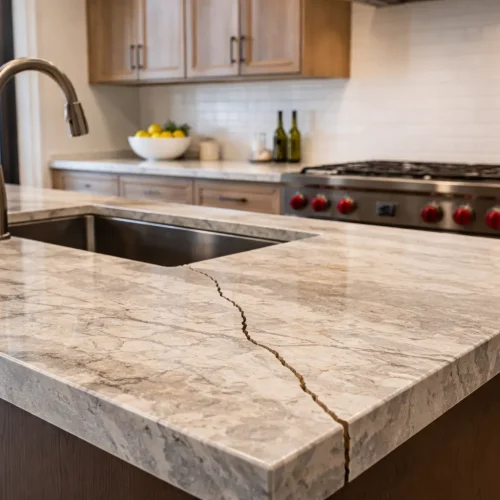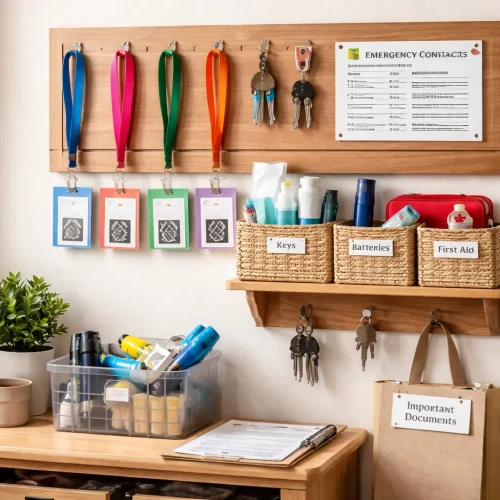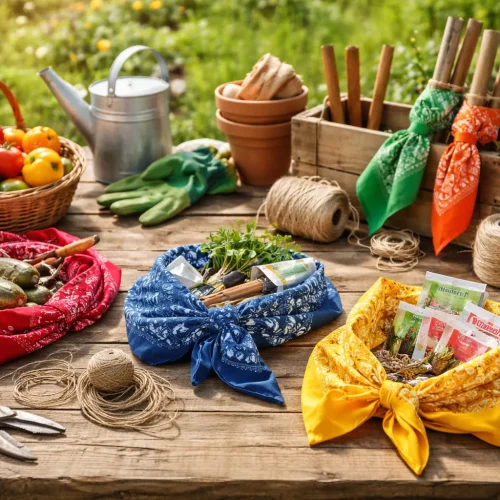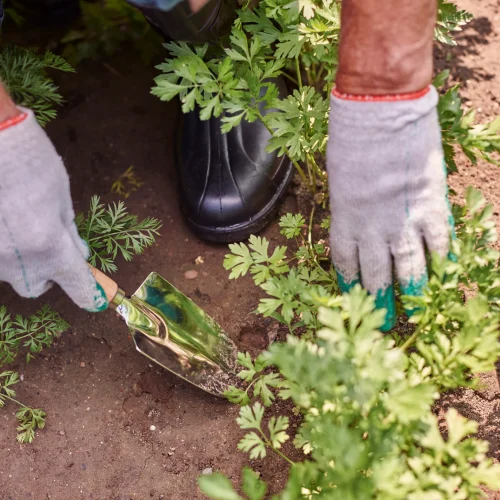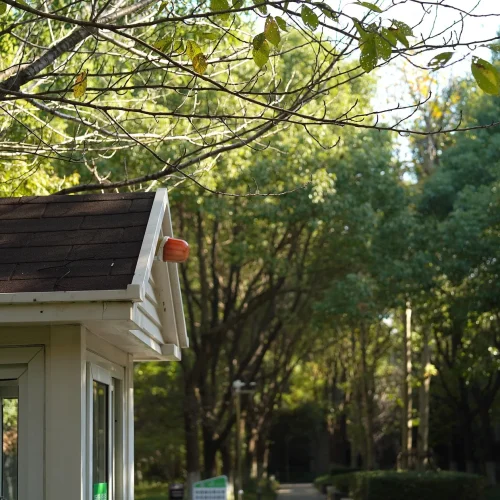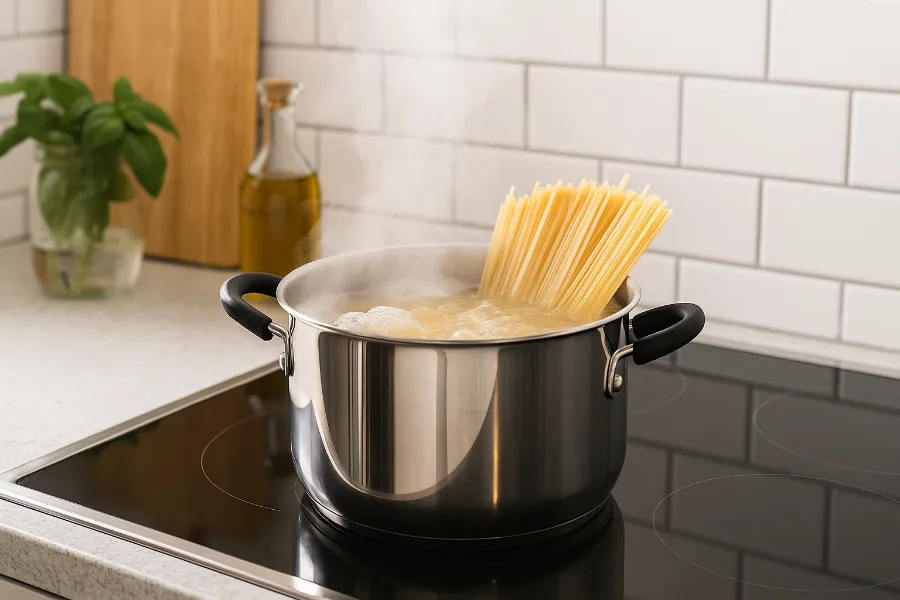
If you’ve ever stood by the stove, watching a pot of pasta or rice foam up and spill over, you know the frustration all too well. You clean the stovetop, wipe down the sides, and promise yourself you’ll be quicker next time. But then it happens again. So, the real question is: how to keep a pot from boiling over? The good news is there are several tried-and-true methods—from old kitchen hacks to modern gadgets—that can stop the mess before it starts.
Let’s break it down with both science and practical wisdom.
Why Pots Boil Over in the First Place
At first glance, it seems like the pot just has “too much water.” But the real culprit is foam. When you cook starchy foods like pasta, rice, or even oatmeal, the starch molecules thicken the water. As the water heats, bubbles form and rise. Normally, bubbles pop quickly, releasing steam. But when starch and proteins are in the mix, those bubbles get trapped. They pile on top of each other, creating a foamy layer that rises higher and higher until—overflow.
And once it starts, it doesn’t stop until you intervene. That’s why knowing how to keep a pot from boiling over is one of the most practical kitchen skills you can learn.
Use a Bigger Pot: Give It Breathing Room
One of the simplest solutions is to use a pot that’s larger than you think you’ll need. If you’re cooking pasta for two, don’t grab the smallest saucepan in your cabinet. Instead, go one size up. More space means more room for bubbles to expand without spilling over. Think of it like giving your water “airspace” to froth and calm down before it reaches the rim.
Quick tip:
- For 1 pound of pasta, use at least a 5–6 quart pot with 4–5 quarts of water. You’ll notice fewer boil-overs and better pasta too.
Control the Heat: Gentle Simmer Over a Wild Boil
Most recipes say “bring to a boil,” but that doesn’t mean you need to keep it boiling furiously. Once your water hits a rolling boil, lower the heat. A steady simmer cooks food just as effectively without all the drama. This is especially important for dishes like rice or oatmeal, which don’t need raging bubbles to cook properly.
Stirring: Small Action, Big Payoff
A quick stir every few minutes works wonders. Stirring breaks the surface bubbles and redistributes heat, which helps prevent foam from stacking up. It’s a simple act, but if you’re nearby anyway, it’s one of the most effective strategies for keeping a pot from boiling over.
The Famous Wooden Spoon Trick
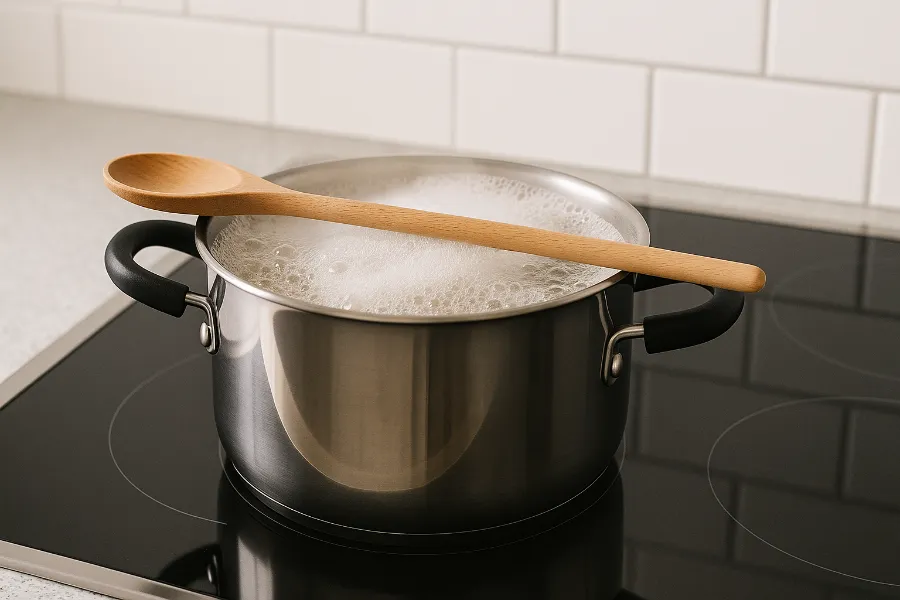
This is probably the most well-known kitchen hack. Place a wooden spoon across the top of the pot, and you’ll often prevent spillovers. Here’s why it works: the spoon breaks the surface tension of the foam. When bubbles hit the spoon, they pop instead of stacking. Wood is key here—plastic or metal won’t absorb moisture the same way.
That said, it’s not foolproof. If you walk away for too long, even the trusty wooden spoon may not save you. But combined with other strategies, it’s surprisingly effective.
Add a Little Fat: Butter or Oil
Professional chefs often use this trick when boiling pasta or potatoes. Adding a small amount of oil or butter to the water reduces surface tension, making bubbles less stable. As a result, the foam collapses before it has a chance to rise. You don’t need much—a teaspoon is usually enough.
Keep in mind: while it prevents overflow, adding oil to pasta water can make sauces cling less well later. If you plan on tossing your pasta with a delicate sauce, you may want to skip this one or apply it only when necessary.
Adjust the Pot Position
Some cooks swear by shifting the pot halfway off the burner so only part of the bottom is directly heated. The idea is that uneven heating reduces aggressive bubbling and creates a convection pattern that keeps foam down. It’s clever, but less reliable than the bigger pot or lower-heat method. Consider it a backup trick when you’ve run out of other options.
Modern Gadgets: Spill Stopper Lids
If you love gadgets, you’re in luck. Silicone “boil-over preventer” lids are designed for this exact problem. They fit snugly over your pot but have a raised, flower-like vent in the middle. As bubbles rise, they escape through the vent, collapse, and drip back down. It’s hands-free, effective, and dishwasher-safe—a modern solution for an age-old kitchen mess.
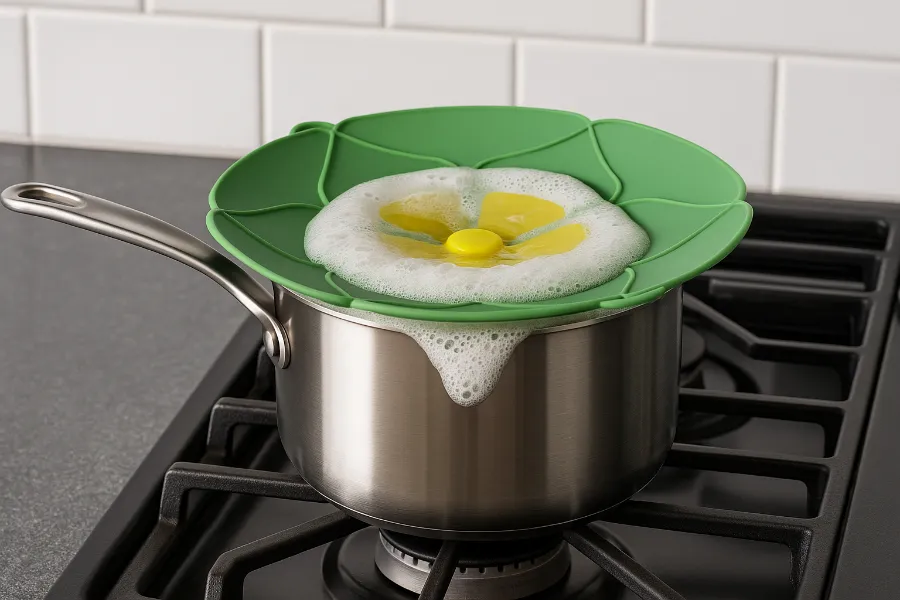
The Science Behind Boil-Overs
Understanding the science makes it easier to see why these tricks work. Foam forms because starch molecules trap bubbles of steam. Instead of popping, they stack. Add heat, and the foam rises higher. The bigger the bubbles, the more unstable they become until—overflow.
- Lower heat → reduces bubble formation.
- Bigger pot → gives foam space to expand.
- Stirring → collapses bubbles before they grow.
- Wooden spoon → disrupts surface tension.
- Butter or oil → lowers foam stability.
Different tricks target different parts of the chain reaction, which is why combining them gives the best results.
Best Practices for Everyday Cooking
Here’s a quick checklist for everyday use:
- Always use a pot larger than you think you’ll need.
- Leave at least 2–3 inches of space between water level and rim.
- Match your pot size to your burner. Too small a pot on too big a burner makes overflow more likely.
- Watch starch-heavy foods like pasta, rice, oatmeal, and milk especially closely.
- Keep a spoon nearby for stirring and popping bubbles.
- Invest in a silicone spill stopper if you multitask while cooking.
Final Thoughts
At the end of the day, the secret to how to keep a pot from boiling over is a mix of preparation and attentiveness. Bigger pots, controlled heat, and a few clever tricks make all the difference. You don’t have to dread cooking pasta or rice anymore—or spend extra time scrubbing your stovetop afterward.
Next time you step into the kitchen, try combining two or three of these methods. Before long, you’ll find that boil-overs become a thing of the past, and cooking will feel just a little less stressful.



